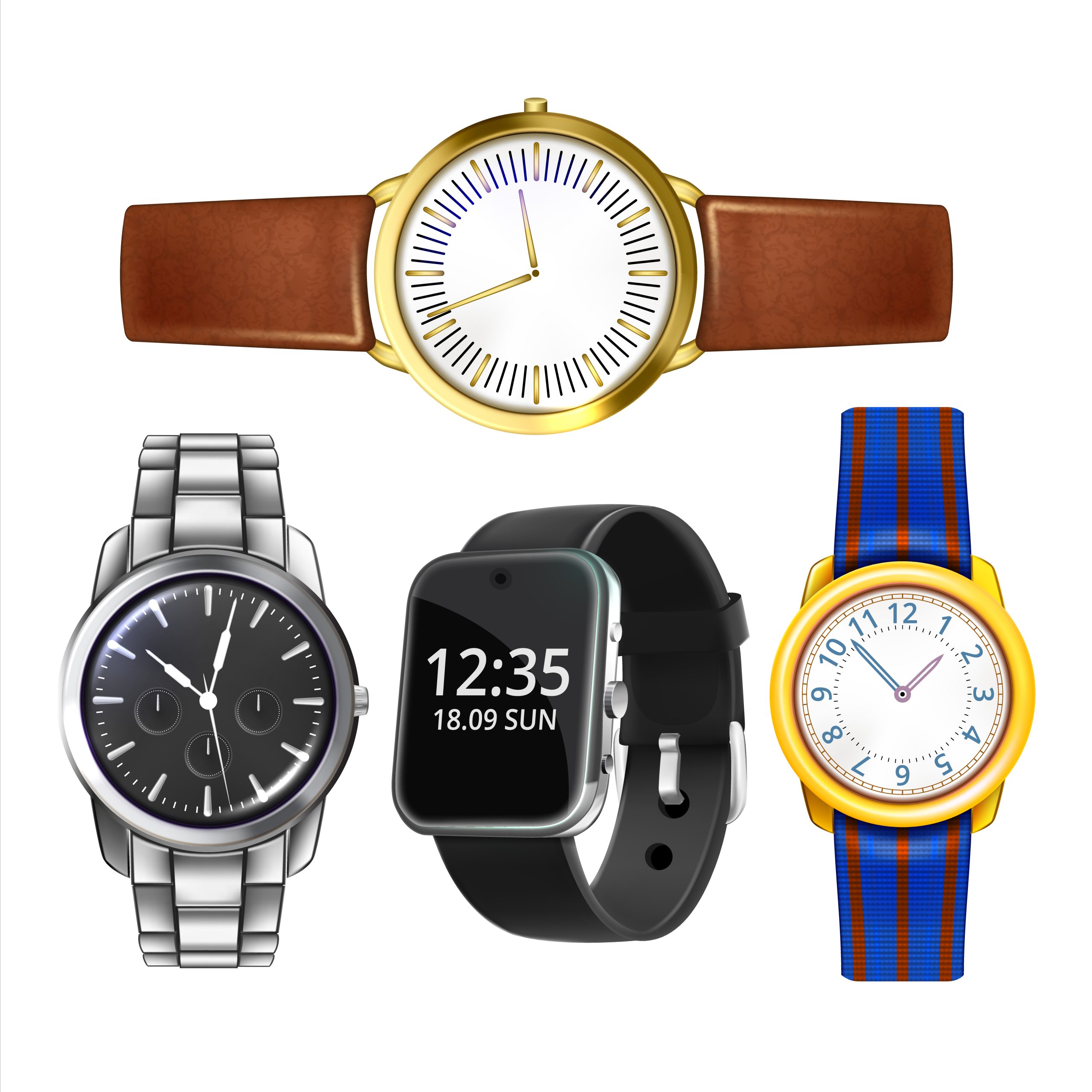Beyoncé, FKA Twigs, Jennifer Lawrence… While celebrities worldwide experiment with the asymmetrical ear piercings trend in 2024 and redefine accessorising, how can a randomised placement of earrings offer a unique and personalised look?

Asymmetrical Ear Piercings Trend
The asymmetrical ear piercings trend 2024 is one of the popular ways to get more mileage out of a jewellery collection. A “constellation” look on an earlobe or dainty gemstones along the outer rim, there are a plethora of options for each taste and design. This trend represents a modern and innovative approach to ear jewellery, emphasising personal expression through bespoke designs.
The era of symmetrical earrings is fading as the focus shifts towards individuality and creative expression. The asymmetrical ear piercings trend offer myriad customisations, allowing individuals to mix and match earrings, experiment with piercing placements, and combine multiple techniques such as lobe, helix, and tragus piercings.
In 2024, an increasing number of individuals are collaborating with professional piercers and jewellers to craft intentionally imbalanced looks. This often involves a combination of studs, hoops, and cuffs in different sizes and designs, meticulously placed to enhance the wearer’s facial structure and personal style. The versatility of this trend is one of its greatest strengths, whether one favours a minimalist approach with delicate pieces or a dramatic style featuring bold jewellery. Each piece contributes to a cohesive visual narrative, turning the ear into a canvas for personal storytelling.
Part of the popularity of multiple ear piercings can be attributed to the fact that they are a low-effort, reversible alternative to tattoos. Like inking, curated ears are often referred to as subversive and are a form of body modification that appeals to those hesitant to make long-term commitments.
How to experiment with the Asymmetrical Ear Piercings Trend: A Guide
The asymmetrical ear piercings trend encourages creativity and personal expression. While there are no strict rules, mastering the technique of impeccably curated combinations of hoops, chains, and studs, placed strategically around the ear, can elevate the wearer’s style. Here’s how to experiment with the asymmetrical ear piercings trend effectively:
- Start Small: Testing different asymmetrical styles ensures comfort and aesthetic appeal. “A lot of people still stay very symmetrical on the first holes, and then they start decorating,” says Brian Keith Thompson, owner of LA’s Body Electric Tattoo, in an interview with Teen Vogue. “I always try to tell my clients to go slow — no more than three piercings at a time.”
- Mix Earring Styles: Combine different earrings, such as studs, hoops, and cuffs, to create visually arresting ear art.
- Explore Piercing Types: Different ear piercings like the lobe, helix, tragus, rook, and conch add depth and complexity to the asymmetrical look.
- Vary Earring Sizes: Earrings of varying sizes and shapes create contrast. Pairing a bold statement piece on one ear with delicate studs on the other can make a striking impact.
- Mix Metals: Break traditional rules by mixing metals like gold, silver, and rose gold. This eclectic approach adds a unique touch to asymmetrical ear piercings.
- Incorporate Ear Cuffs: Ear cuffs enhance asymmetry without the need for additional piercings. These versatile accessories can be placed anywhere on the ear to add depth.
- Choose Themed Jewellery: Celestial motifs, geometric shapes, or nature-inspired designs can tie asymmetrical ear piercings together cohesively.
- Balance the Look: Pairing bold, eye-catching pieces on one ear with subtle, minimalist designs on the other is visually appealing and adds interest.
- Reflect Personal Style: Asymmetrical ear piercings should truly represent the wearer’s personal style, whether it’s minimalist, bohemian, or edgy. They serve as the perfect canvas for self-expression.
- Consult a Professional: A professional piercer can help plan the layout of asymmetrical ear piercings and provide advice on healing times and jewellery choices, ensuring a stylish and well-executed look.
Asymmetrical Ear Piercings Trends 2024
Constellation
Constellation ear piercings are a popular trend that allows individuals to create a personalised design on their ears, mimicking star clusters. This style involves strategically placing multiple small piercings across the ear, often in the lobe and helix areas, to form an asymmetric pattern that resembles a constellation. No two designs are alike, allowing each person to express their unique style and creativity.
Constellation ear piercings can be adorned with studs, gemstones, and hoops, creating a celestial-inspired look that’s eye-catching. One of the key appeals of constellation ear piercings is the ability to start with a few piercings and add more over time, allowing the design to evolve organically. This approach ensures that each new piercing complements the existing ones and gives the wearer time to adjust and care for each piercing properly.
Stacked Lobes
Stacked lobe piercings are a chic and modern approach to ear art, where asymmetrical piercings are placed along the earlobe. This trend is perfect for those who want to create a layered look without overwhelming the ear. Stacking small studs in a neat, aligned row can achieve a clean, cohesive aesthetic that adds subtle dimension to the overall appearance. The stacked lobe technique is versatile, allowing for a mix of metals, gemstones, or themed jewellery to reflect personal style while maintaining a balanced look.
One of the advantages of stacked lobe piercings is the potential to build the asymmetrical ear piercings over time, starting with two piercings and adding more as confidence grows. This gradual approach also ensures easier healing, as each new piercing has adequate space and time to heal properly before adding another. Stacked lobe piercings are not only practical but also offer an understated way to experiment with ear piercings, allowing for myriad combinations.
Snakebite
Snakebite ear piercings are a bold, edgy trend that involves two closely spaced piercings on the lower part of the ear, either on the lobe or the cartilage. The name “snakebite” comes from the piercing’s resemblance to the bite marks of a snake, creating a striking symmetrical look. Often, the piercings are adorned with studs, hoops, or rings, which enhance the visual impact and add a fierce, rebellious touch to any style.
This asymmetrical piercing style is popular among those looking to make a statement with their ear jewellery, offering a unique alternative to traditional piercing placements. Snakebite ear piercings can be customised with different jewellery styles, from minimalist designs to elaborate pieces, allowing for personal expression. Whether it’s sleek metal rings or studs, snakebite piercings add a distinctive edge to ear art.
Aftercare Tips for the Asymmetrical Ear Piercings Trend

Asymmetrical Ear Piercings Trend
When embracing the asymmetrical ear piercings trend, choosing the right jewellery and piercing locations is just the beginning. Proper aftercare is essential to keep new piercings clean and free from infection. While saline solution is the industry standard for cleaning ear piercings, it dries out the skin. A preferred method is using soap and water. To clean piercings effectively, scrub the piercing area with a soapy lather. Afterward, rinse thoroughly with water to remove residue. Following these aftercare tips ensures that the asymmetrical ear piercings remain healthy and stylish.
- Gentle Cleaning: To maintain ear piercings, they must be cleaned daily with mild soap and water, to prevent infection without drying out the skin.
- Avoid Over-Cleaning: While it’s good to keep piercings clean, avoid over-cleaning as it irritates the skin and slows down the healing process.
- Hands-Free Healing: Avoid touching ear piercings to reduce the risk of bacteria.
- Use of Saline: Saline solution is useful for cleaning, but should be used sparingly as it dries out the skin, which might affect the healing of ear piercings.
- Signs of Infection: If redness, swelling, or unusual discharge occurs, a professional consultation is important to protect ear piercings from complications.
Which Parts of the Ear Can Be Pierced Effectively?
The ear has several parts that can be pierced, each offering a unique style. Here are the most common ear piercing locations:
- Lobe: The soft, lower part of the ear, typically the first and most common piercing location.
- Upper Lobe: Above the lobe piercing, this area can accommodate multiple piercings for a stacked look.
- Helix: The outer rim of the ear, which can be pierced anywhere from the top to the middle section, popular for hoops and studs.
- Forward Helix: Located at the front of the ear, where the helix meets the head, this area is ideal for studs.
- Tragus: The small, thick piece of cartilage partially covering the ear canal, offers an edgy piercing option.
- Anti-Tragus: Positioned opposite the tragus, this part is above the lobe and below the helix.
- Conch: The inner part of the ear’s cartilage, with options for both inner and outer conch piercings, often adorned with hoops or studs.
- Rook: A fold of cartilage above the tragus, offering a unique, vertical piercing placement.
- Daith: Located in the innermost fold of the ear cartilage, this piercing is often linked to migraines and is usually adorned with small rings.
- Snug: The cartilage ridge above the anti-tragus and opposite the rook, creating a striking look.
- Industrial: A barbell that connects two piercings, typically in the upper ear cartilage, spanning the ear horizontally or diagonally.
- Orbital: Similar to the industrial, but a hoop connects two piercings, often on the lobe or helix.
Jasmeen Dugal is Associate Editor at FashionABC, contributing her insights on fashion, technology, and sustainability. She brings with herself more than two decades of editorial experience, working for national newspapers and luxury magazines in India.
Jasmeen Dugal has worked with exchange4media as a senior writer contributing articles on the country’s advertising and marketing movements, and then with Condenast India as Net Editor where she helmed Vogue India’s official website in terms of design, layout and daily content. Besides this, she is also an entrepreneur running her own luxury portal, Explosivefashion, which highlights the latest in luxury fashion and hospitality.








